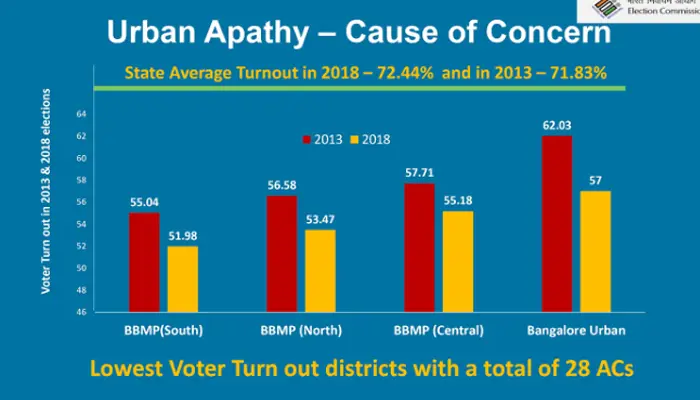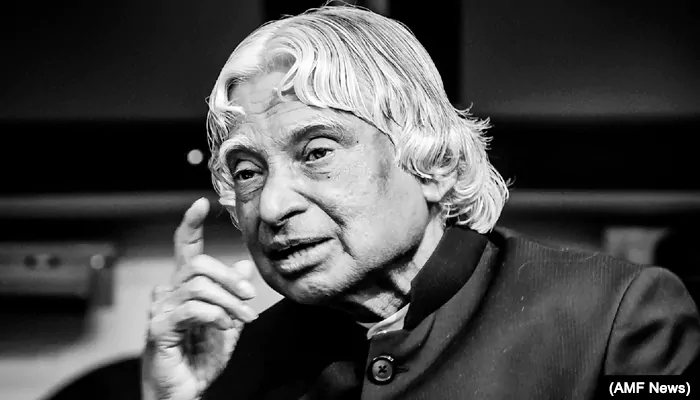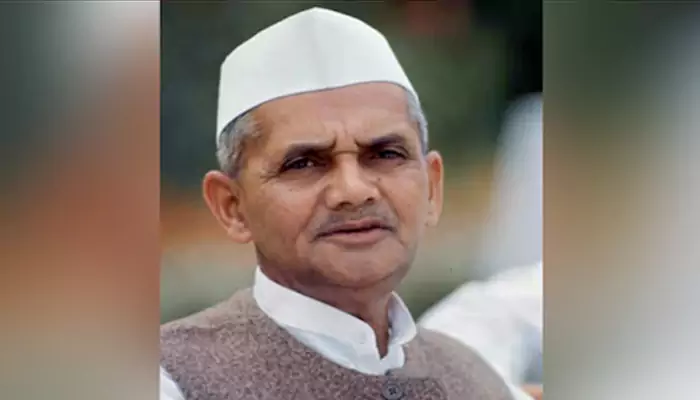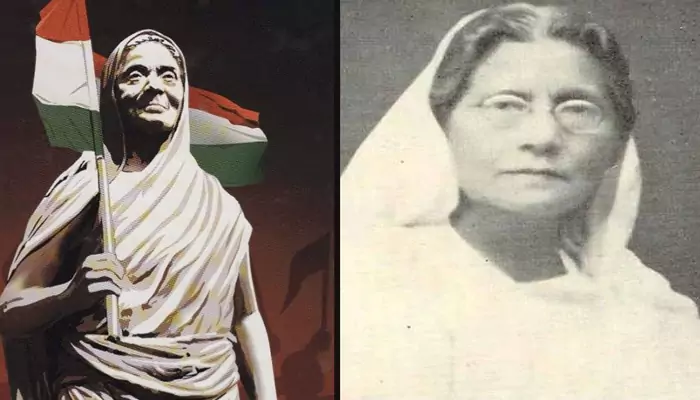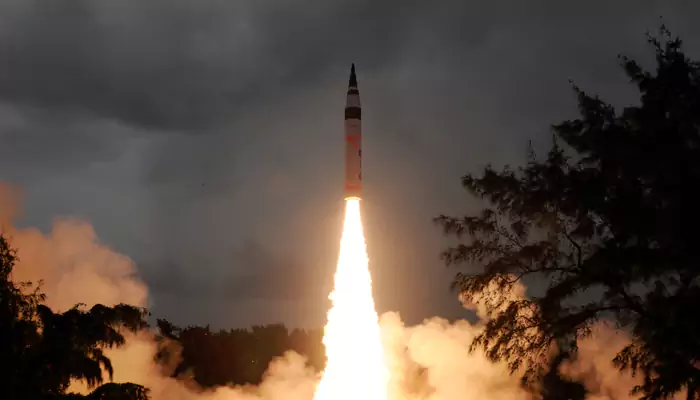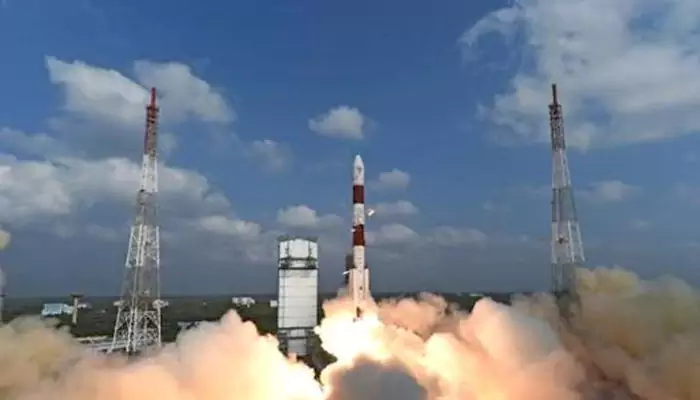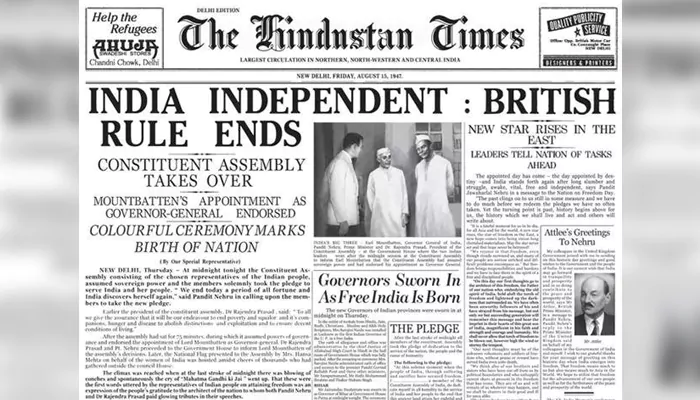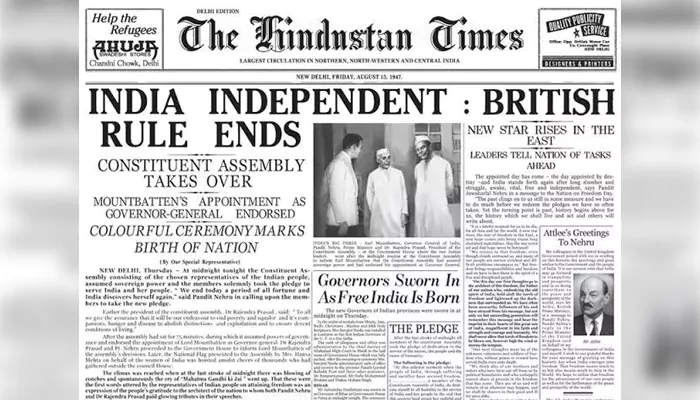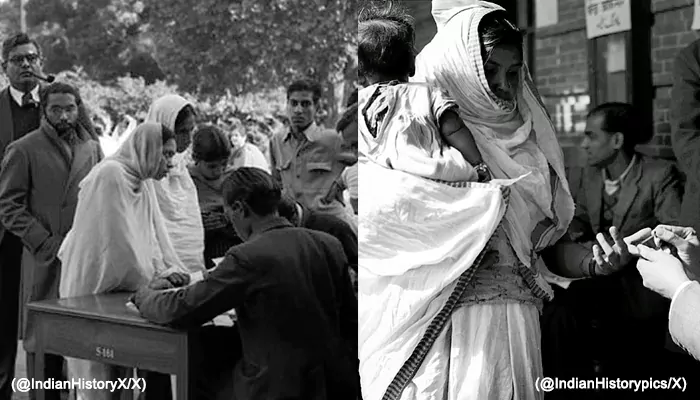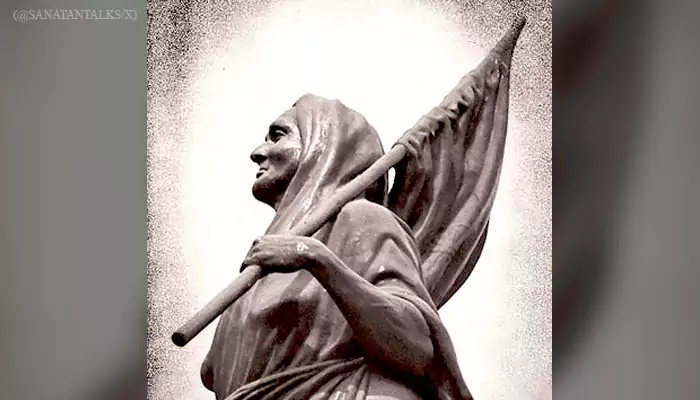Democracy at a Crossroads: Exploring the Declining Voter Participation in the 2024 Lok Sabha Elections
- Admin
- 1 year ago
- 4 minutes read

The Election Commission of India has taken proactive steps to address low turnout in 266 parliamentary constituencies, demonstrating its commitment to bolstering democratic participation. Voter turnout is a crucial metric reflecting the health of Indian democracy. In the last two general elections, turnout averaged 66% and 67%, respectively. Achieving a higher benchmark in 2024 necessitates intensified efforts. Each percentage increase demands heightened commitment and intervention to sustain democratic processes and enhance electoral participation.
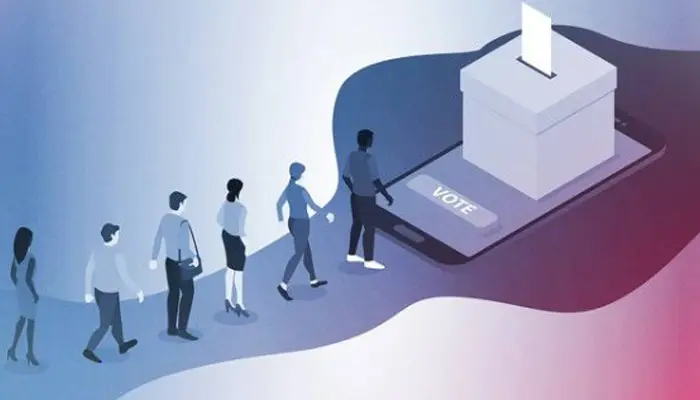
Elections, once a beacon of democratic participation, now feel routine, lacking the fervor of citizen empowerment. Despite evolving campaign dynamics, the core ethos remains unchanged. Caste and religion often dictate voting trends, diminishing the essence of democratic choice. The Election Commission's efforts to bolster turnout yield limited results. Disillusionment pervades as voter apathy escalates, reflecting a disconnect between governance and the governed. Reasons for absenteeism vary, signaling deeper societal issues. As democracy grapples with its electoral pulse, the challenge lies in reigniting civic engagement and restoring faith in the ballot box.
Reasons Behind Low Voter Turnout
‘I don’t depend on the government'
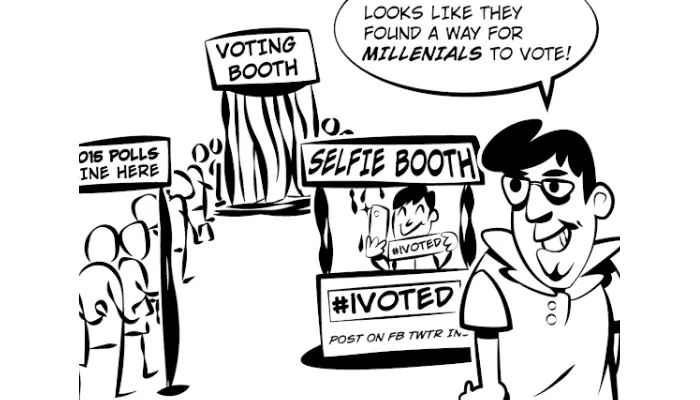
Participating in elections often hinges on people's reliance on the government. Rural and slum dwellers turn out in higher numbers, as they depend on governmental support. Conversely, urban middle and upper-class citizens, empowered by their influence and resources, feel detached from the electoral process. They believe their votes yield little reward or lifestyle change. This disparity underscores a divide in societal engagement, reflecting differing levels of dependence on state intervention for basic needs.
‘I don’t live at my place anymore'
Amidst the widespread migration for career prospects and improved lifestyles, many find themselves distanced from their native constituencies. Consequently, a growing number of individuals disengage from local politics, abstaining from the electoral process altogether. Elections often coincide with weekends, tempting people to prioritize leisure over civic duty. This trend reflects a disconnect between the electorate and political engagement, posing challenges for democratic participation and representation. Reversing this trend requires efforts to rekindle civic awareness and foster a sense of responsibility towards governance.
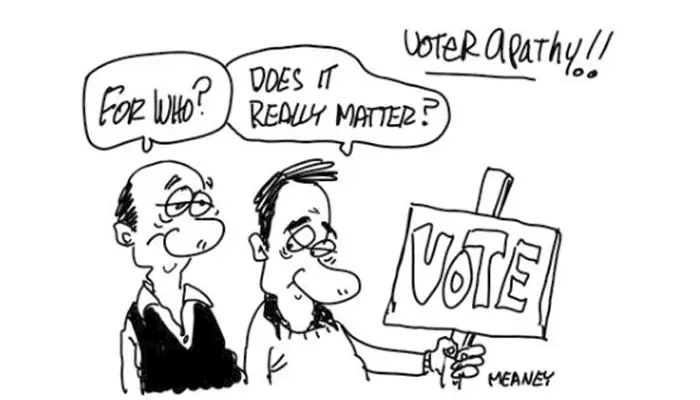
Voter apathy is a prevalent issue during elections, often stemming from disillusionment with the political process or candidates. When individuals feel disconnected from the issues or believe their vote holds little significance, they may abstain from participating altogether. This lack of engagement can weaken democratic participation and diminish the representation of diverse voices within society.
Menace of Names Missing from Electoral Rolls
P.G. Bhat, an electoral roll analyst, highlighted the poor voter turnout, attributing it to the issue of missing names of genuine voters. He noted that despite efforts to clean up the rolls by deleting entries, many genuine voters were disenfranchised due to erroneous deletions. Bhat emphasized the need for the Election Commission to prioritize correcting the electoral rolls over awareness campaigns.
Civic activists emphasize that inaccurate voter lists contribute to low voter turnout in large cities with high migration rates. Duplicate entries, improper deletions, and voters traveling to hometowns to vote are common issues. Incorrect baselines lead to skewed percentages. Citizens must participate, yet political parties must assess why their manifestos fail to motivate voters effectively. There's a collective responsibility to address these challenges and enhance democratic participation.
Urban Apathy in Most Capital Cities in India
Since 1962, India has seen a significant rise in its electorate, surpassing 94.5 crore in 2023, a four-fold increase. However, nearly one-third abstained from voting in the 2019 Lok Sabha elections. Efforts are underway to boost turnout to 75%, especially among urban dwellers, youth, and migrants, who comprised a sizable portion of the 30 crore non-participants. Notably, the constituencies with the lowest voter turnout in 2019 were predominantly urban or located in capital districts. This trend highlights the need for targeted initiatives to engage these demographics and enhance democratic participation.
As India gears up for the Lok Sabha election 2024, the voter turnout ratio holds significant importance. However, poverty and deprivation may hinder people from casting their votes, as seen in past turnout data, according to the latest SBI Eco wrap report. It indicates that poorer segments of society in India tend to participate less in the electoral process. This issue underscores the need for initiatives to ensure that all citizens, regardless of socioeconomic status, can exercise their fundamental right to vote.

